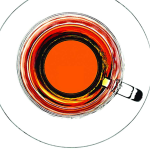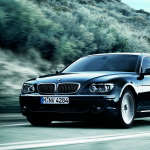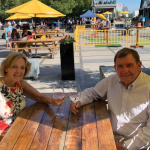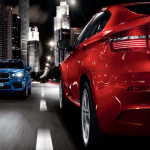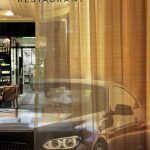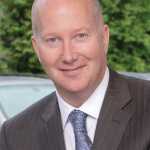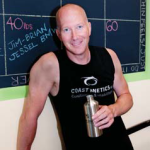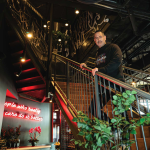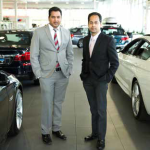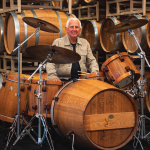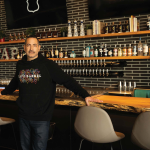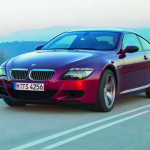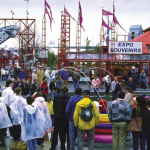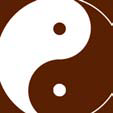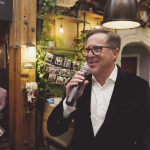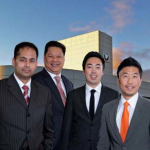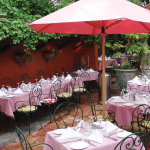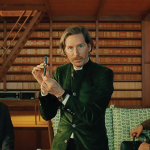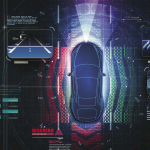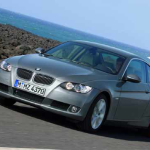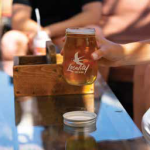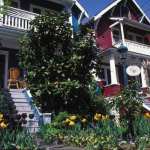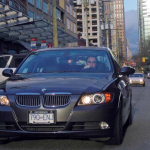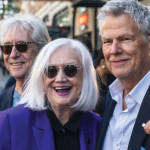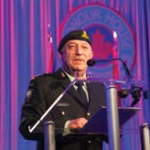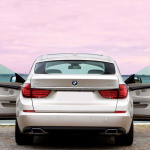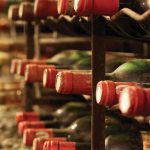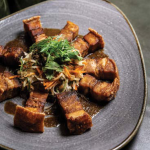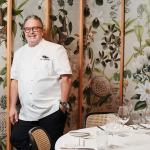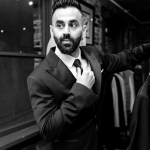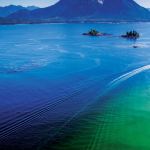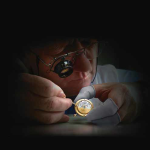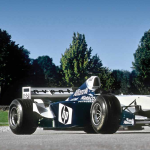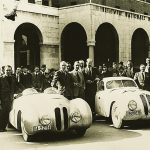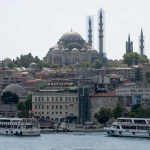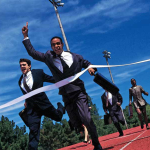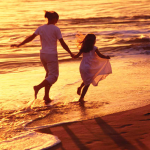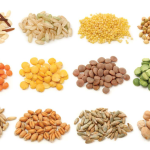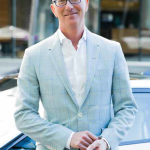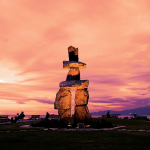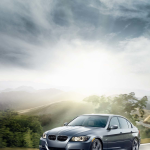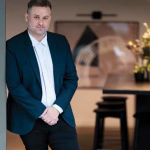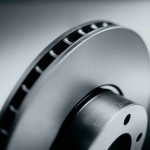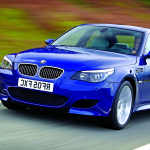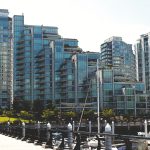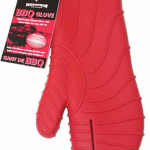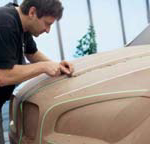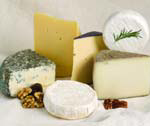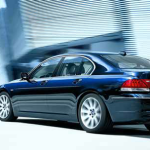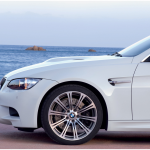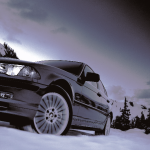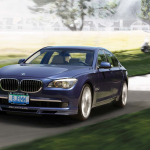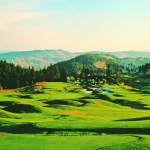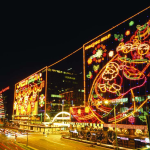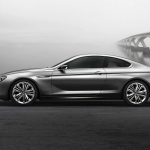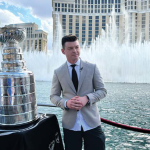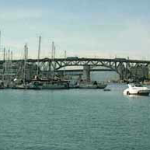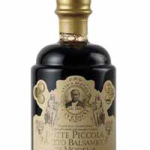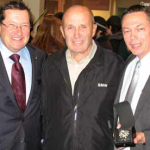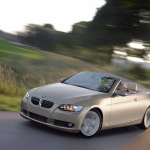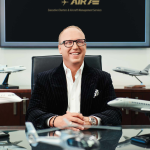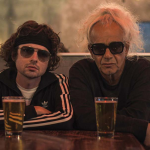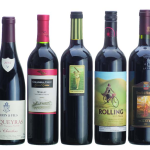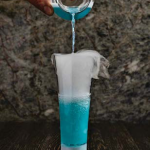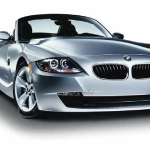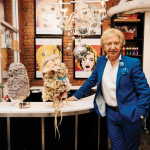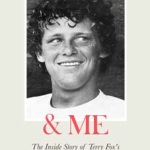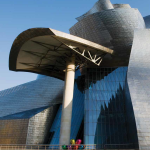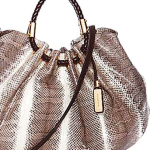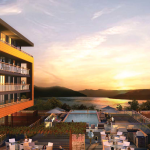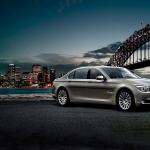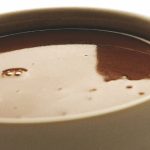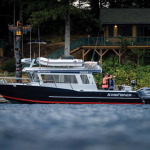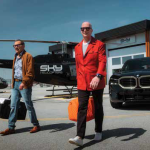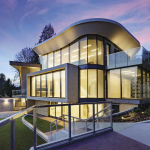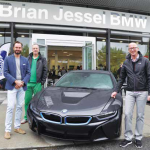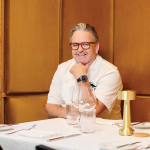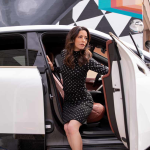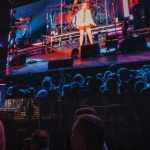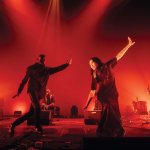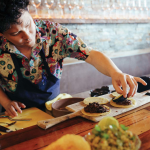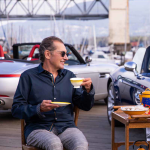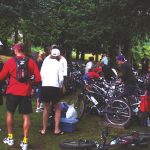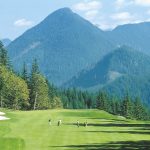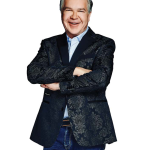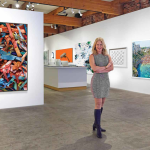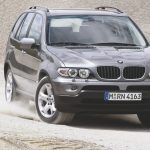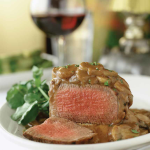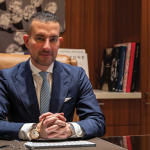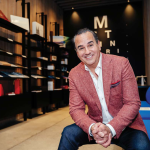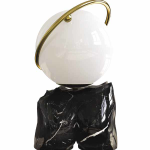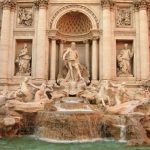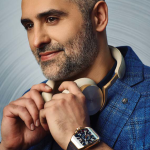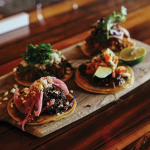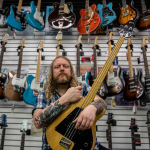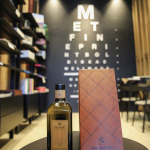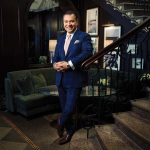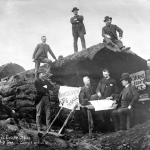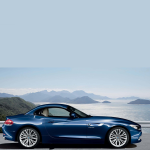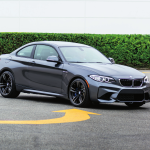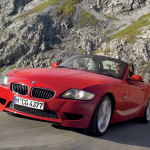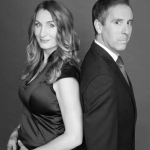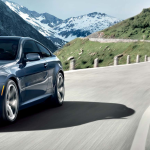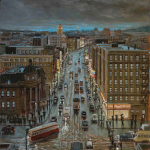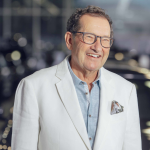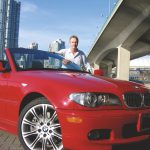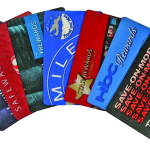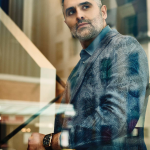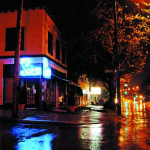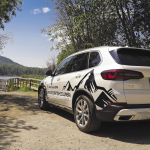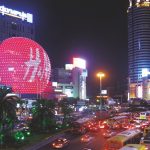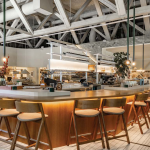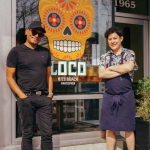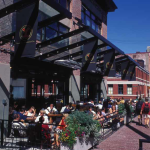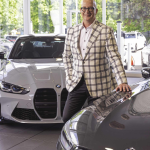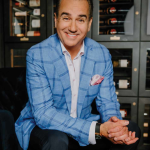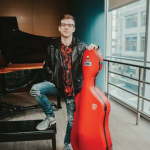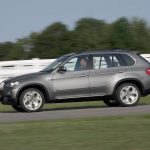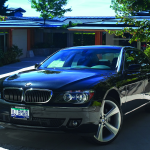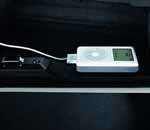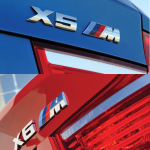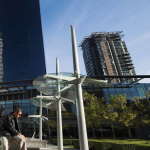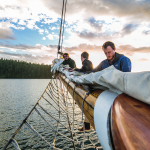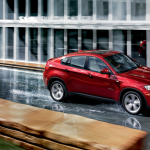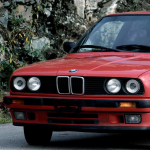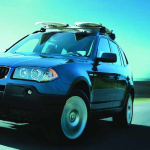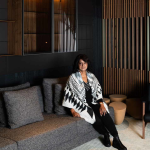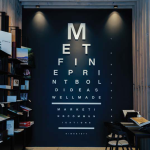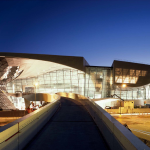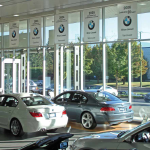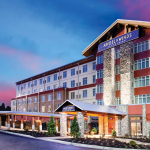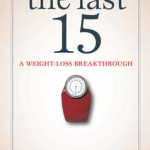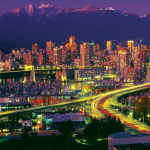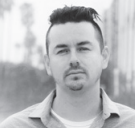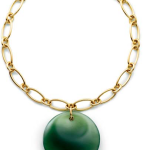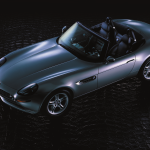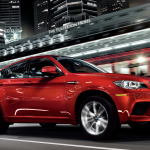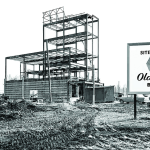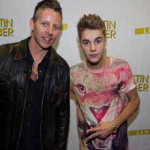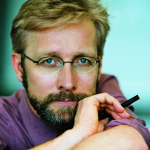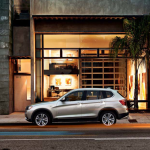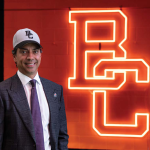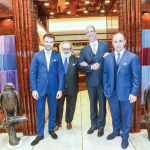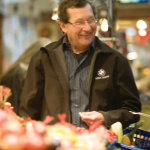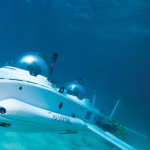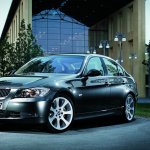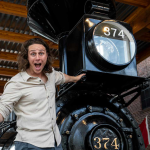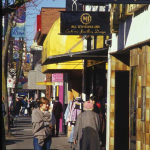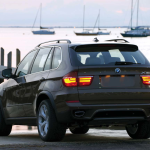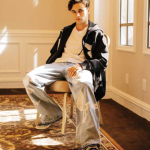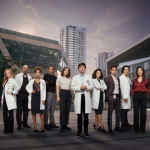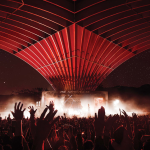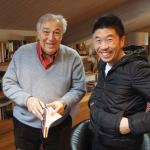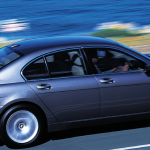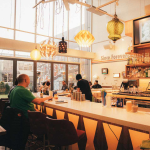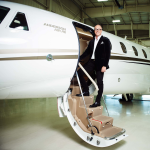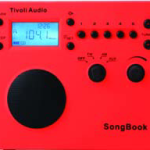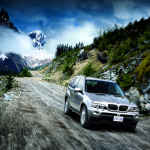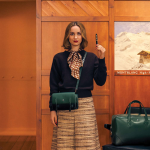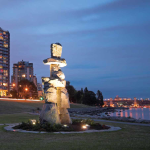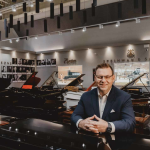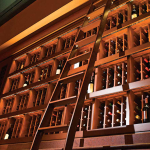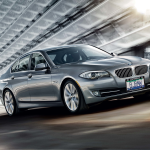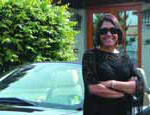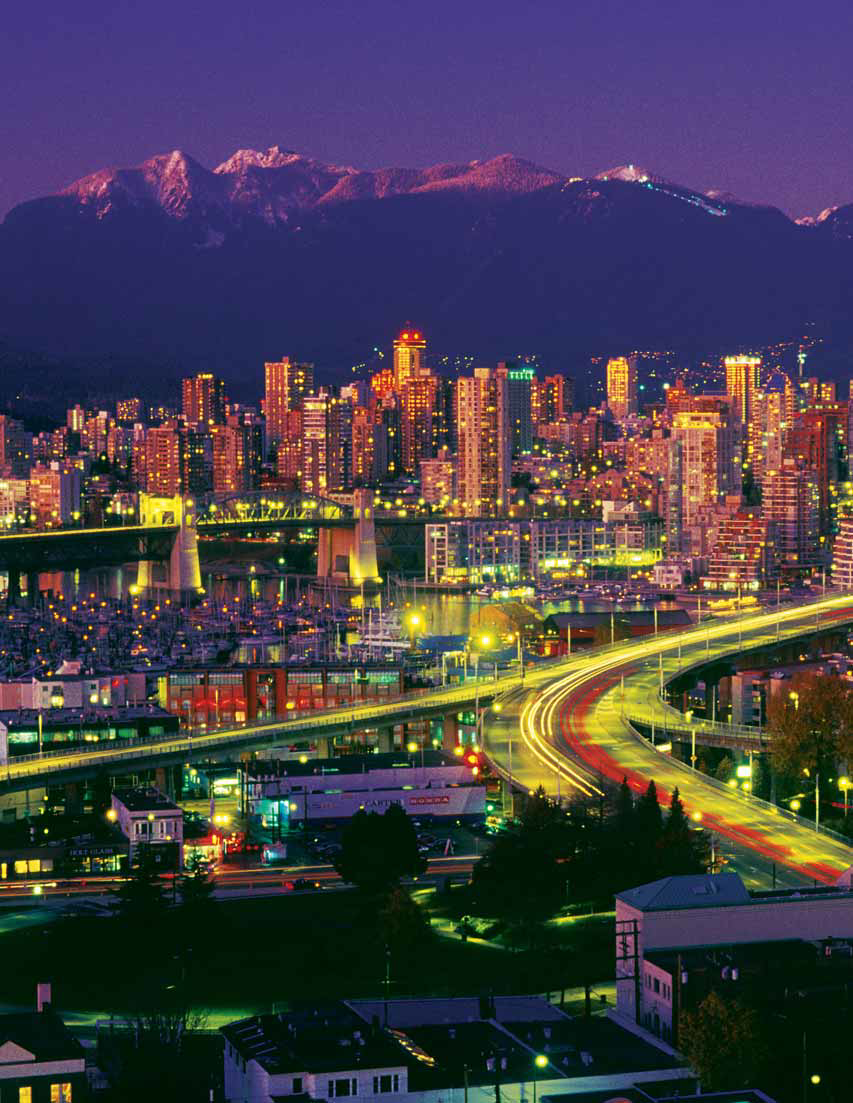
Time is a relative thing. Take, for example, a period of 20 years. If you’re talking about a single-malt scotch, it’s a good thing, but when it comes to Aunt Mabel’s pantsuits, it’s bad. Ask a sullen teenager and she’ll tell you that 20 years is, like, forever. But in the life of a city, two decades is barely a blink, even for an upstart like Vancouver. In fact, anyone who’s traveled to the great cities of the world knows that we are mere civic babes in the second-growth woods. Which is not to say we’re afraid to celebrate our accomplishments. Why shouldn’t we? Twenty years ago, Brian Jessel BMW was set to open its shiny new dealership doors for the first time in a city that had yet to find its cosmopolitan stride. Sure, B.C. Place Stadium had been puffed up on Pacific Boulevard in 1983 to become the world’s largest air-supported dome. But aside from those who think beer is best served in aluminum from the back of a truck, it wasn’t exactly a point of international pride. In 1986 the Canucks were playing a miserable brand of hockey en route to missing the playoffs for the second time in three years. Michael J. Fox had made a name for himself and his hometown of Burnaby with Family Ties, but The X-Files and the Hollywood hordes who followed it had yet to come to town. Bryan Adams was big, but Sarah McLachlan was still two years away from releasing her Vancouver-recorded debut album, Touch. And Michael Bublé? He was 11. More significantly, Vancouver was only just about to host a world’s fair,
and its success was by no means yet assured. By the end of its six-month run, however, Expo 86 would entice 20 million visitors to town, most of whom would run directly home to tell their friends and neighbours stories of our beguiling West Coast ways and to encourage them to pack their Wellingtons and wallets immediately and set course for B.C. Indeed, tourism in these parts has never looked back. By 2003 it accounted for some $9 billion in spending. It remains today second only to forestry on the province’s big-industry tally sheet. What is more telling is that for every visitor who went home happy, it seems another never went home at all. In the six years that followed Expo 86, Greater Vancouver’s population grew by almost 50 percent, a torrid growth rate that outpaced even Cairo, Jakarta and Rio de Janeiro. Today Greater Vancouver is home to an estimated 2.2 million people and has just closed the books on the biggest year on record in its residential housing market. The really startling thing for city-watchers is that Vancouver seems to be handling all this growth rather gracefully, and very few people are losing sleep over the way this fledgling metropolis is stretching its wings. In fact, in 2002 an international coalition of environmental groups lauded the city’s land-use planning, citing its success in channeling growth into compact neighbourhoods with relatively dense populations that “use land more intensively but pave over less of the landscape.”
Sponsored Ads
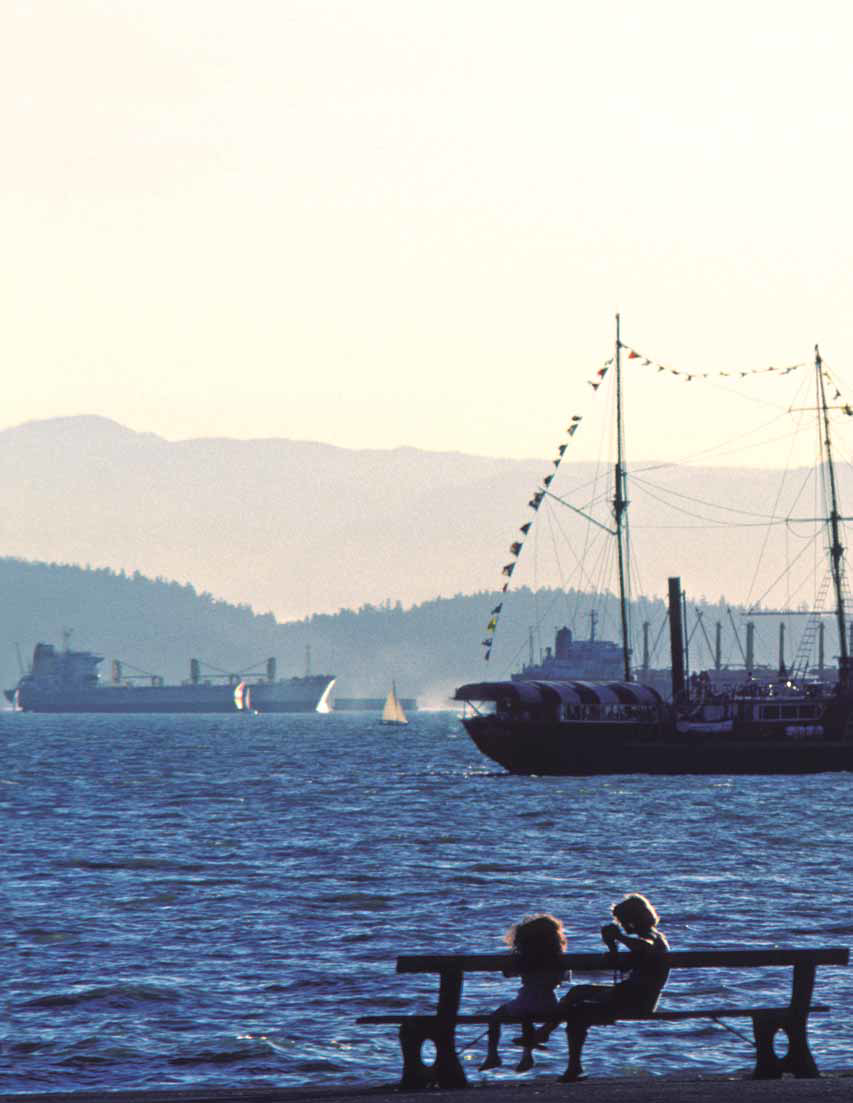
And where would we be without our landscape? Not even locals can pass a sunny day without giving thanks for the snow-topped mountains, the scintillating Pacific and our ready access to honest-to-goodness, kill you-if-you’re-stupid nature. We know we’re lucky, and if living here every day doesn’t remind us, a business trip almost anywhere else in the country certainly will. Of course, we could just as easily fly to Europe or Asia given that Vancouver is fortuitously positioned smack in-between the two. Sure, we share the dubious honor with Toronto and Victoria of having the most expensive real estate in the country, and yes, our winters are just a wee bit wet. But, as we so often point out to the rest of snowbound Canada, we can snowboard, golf and windsurf all in the same day. Not that many of us do, but we can, and that’s really the point. We also have Stanley Park, which was recently recognized, along with New York’s Museum of Modern Art and Amsterdam’s Dapper Market, as one of the world’s finest public areas by the prestigious New York-based Project for Public Spaces. Actually, we’ve been collecting a lot of accolades lately. In March 2005 Mercer Human Resource Consulting rated Vancouver third overall in its influential, worldwide quality-of-life survey. Mercer rates cities based on 39 criteria, including political, social, economic and environmental factors, plus personal safety, education, transportation and more. By October The Economist Intelligence Unit had conducted its own
Sponsored Ads
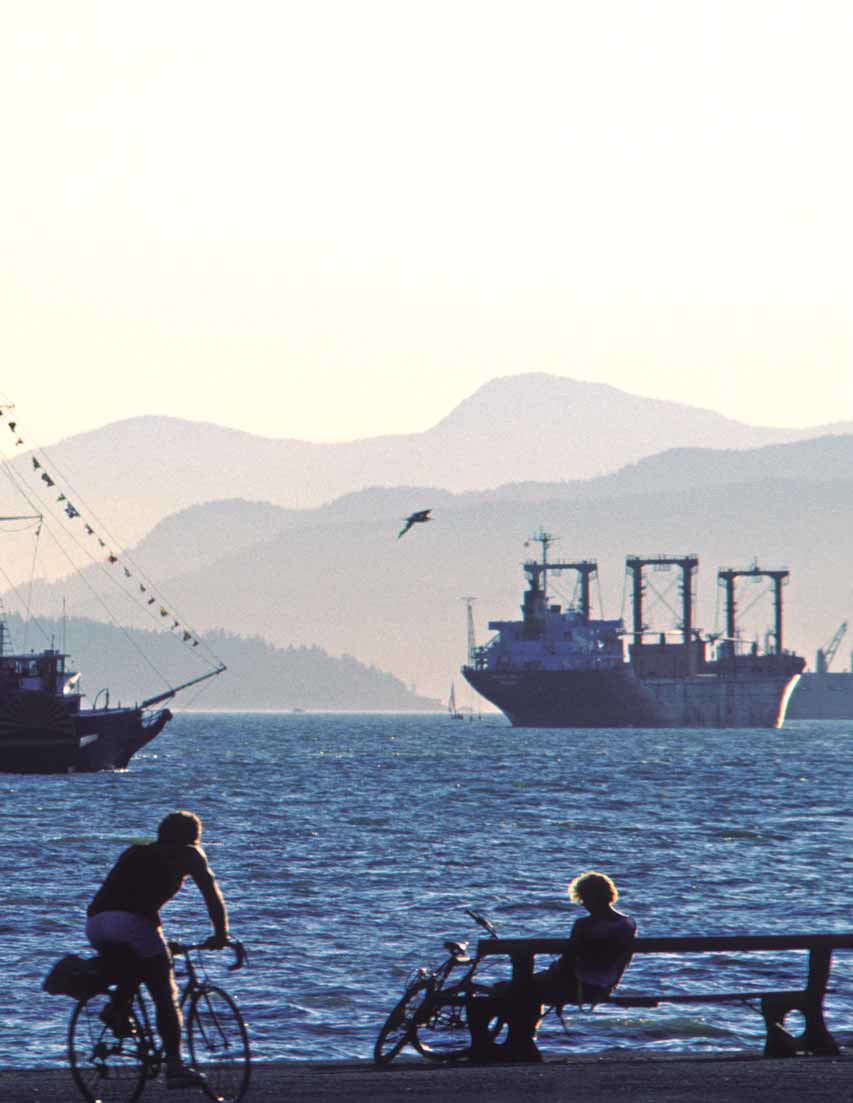
survey of 127 cities based on similar criteria and declared ours “the world’s most desirable place to live.” Then, just a month later, and for the second year running, Condé Nast Traveler magazine voted Vancouver the “Best City in the Americas.” Not that we’re content to rest on our pretty laurel hedges. Instead, the city is ramping up to host another big bash. So four years from now, when people around the world tune in to the Vancouver/Whistler 2010 Olympic and Paralympic Games, what kind of city will they see? If all goes according to plan, they’ll see one teeming with construction and redevelopment, including the long-awaited rebirth of southeast False Creek as an environmentally progressive neighbourhood of condos and apartments that will temporarily house Olympic athletes—in better digs than they’re used to—then add much-needed social and rental housing to the Vancouver market. They’ll see an expanded Trade and Convention Centre, a renovated General Motors Place and Pacific Coliseum and expanded facilities at Cypress Bowl and Whistler ski resorts. They’ll see an improved and expanded rapid transit system, port and airport. They’ll see a revitalized BC Ferries fleet and a highway to Whistler that is finally worthy of its surroundings. Not bad for a city that little more that 20 years ago was routinely derided as the world’s largest mill town. Not bad, either, for a city that’s just getting started.
















